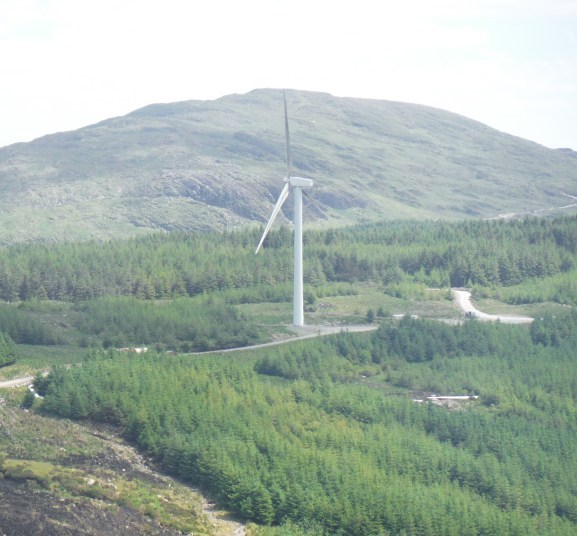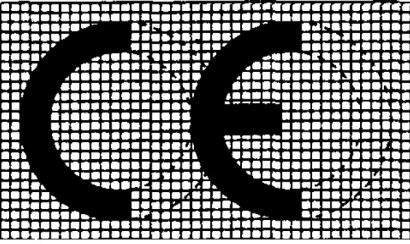Health and Safety in the Renewable Sector
In Ireland, the renewable sector forms an increasingly important element of the power generating capacity for our National Grid.
At present, by far the largest amount of renewable energy is harnessed from the wind, via wind-turbines, built in clusters, called wind-farms.
There are several sites where wind-farms are located, generating electricity when the wind blows. This electricity is in turn made available to the National Grid for consumption by domestic, commercial and other users.

Construction of Wind-Farms.
The design and construction of wind farms including the installation of associated equipment such as switchgear, plant rooms etc. is governed by the 2005 Safety Health and Welfare at Work Act and also by SI 291 the Safety Health & Welfare at Work (Construction) Regulations 2013. Generally wind turbines are built in isolated, often mountainous areas, for maximum benefit from the prevailing winds.
This often means that in addition to the wind-farm itself, access roads often need to be built or strengthened before major construction work can begin.
The construction work itself will generally involve transport of heavy equipment, heavy cranage and specialised electrical installation and commissioning.
The Health & Safety Executive in the UK has published a paper outlining some issues that need to be considered when erecting small wind turbines. These are often individually constructed and do not farm part of a wind-farm. A copy of this report can be viewed here.
Wind Turbines as Machinery.
It's important to understand that each wind-turbine, incorporating the tower, blades, gearbox and everything else in the tower and nacelle are considered to be machines under the European Machinery Directive [2006/42/EC] .
The duties on designers and manufacturers of machinery are set out in the Machinery Directive, which has been transposed into national law by the 2008 European Communities (Machinery) Regulations [S.I.No.407/2008].These Regulations apply to completed and partly completed machinery, interchangeable equipment, machine related safety components, lifting accessories, chains, ropes and webbing, and removable mechanical transmission devices. Many of these elements are to be found within a wind turbine.
The European Commission has produced a detailed guide to the Machinery Directive.
All wind turbines should be CE marked which is in effect a mark of assurance that the wind-turbine complies with the essential health and safety requirements (EHSRs) of EU supply law. In all cases, the manufacturer or the manufacturer’s authorised representative must compile information in a technical file confirming how the machine complies with these requirements.

Operation of Wind Farms.
Even after the Wind Farm is up and running and construction work has been completed, the wind farm is still considered a workplace (albeit not permanently occupied). All persons who have control to any extent over the wind-farm have duties to ensure, so far as reasonably practicable, that the wind-farm does not pose a risk to those working there or to anyone not employed there but who may be affected by activities on the wind-farm.
